10 Things To Know Before Buying New Car Tires
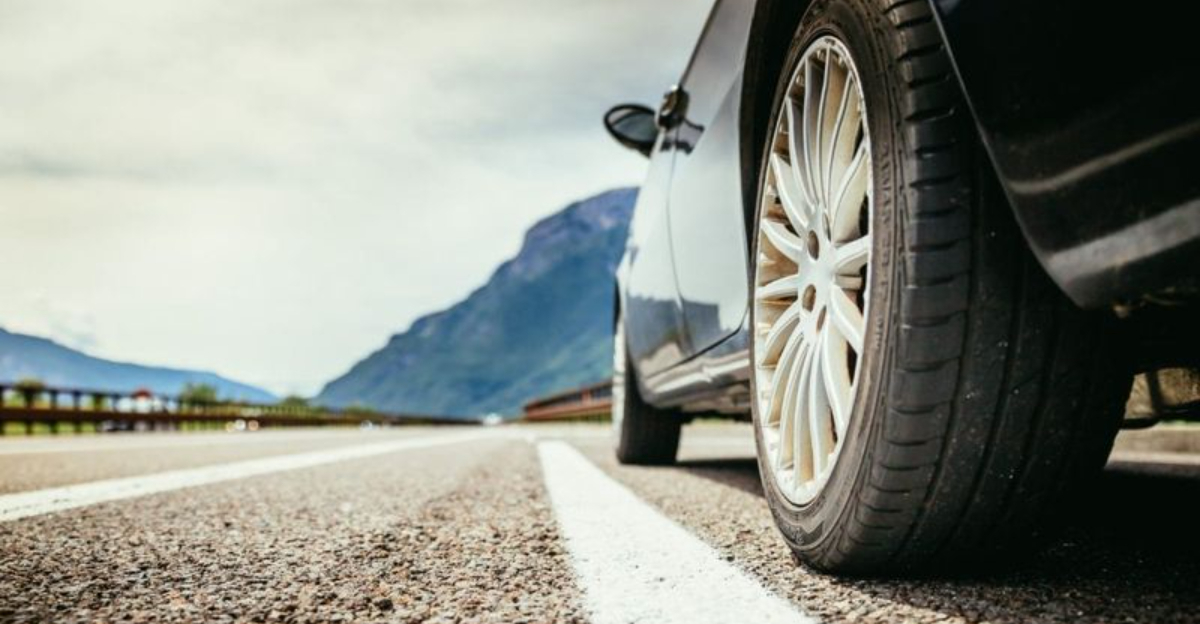
I once watched a buddy walk into a tire shop asking for “the grippiest ones you’ve got,” like he was ordering hot wings.
He left with ultra-soft summer tires, in December. The result? Let’s just say his driveway became an ice rink. Picking new tires isn’t just about rubber and tread patterns.
It’s a weird mix of science, weather, driving style, and avoiding slick marketing traps that can steer you the wrong way faster than a bald donut in a rainstorm.
1. Decoding Those Mysterious Tire Size Numbers
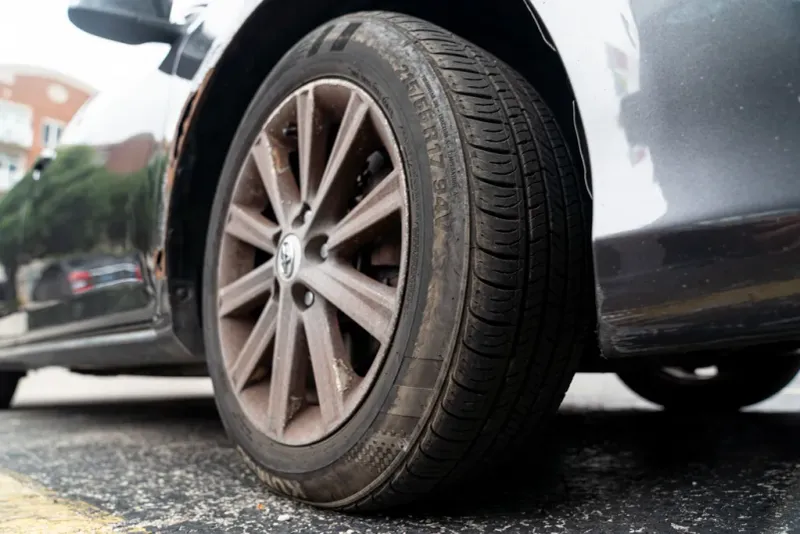
Those cryptic numbers on your tire’s sidewall aren’t random – they’re your tire’s DNA! P215/65R16 might look like a secret code, but it tells you everything: tire type, width, aspect ratio, construction, and rim diameter.
Your car’s manual specifies exactly what size you need. Using the wrong size isn’t just bad form – it can affect your speedometer readings and compromise handling.
Always match what your vehicle manufacturer recommends or consult a tire professional before making changes.
2. Tread Patterns Matter More Than You Think
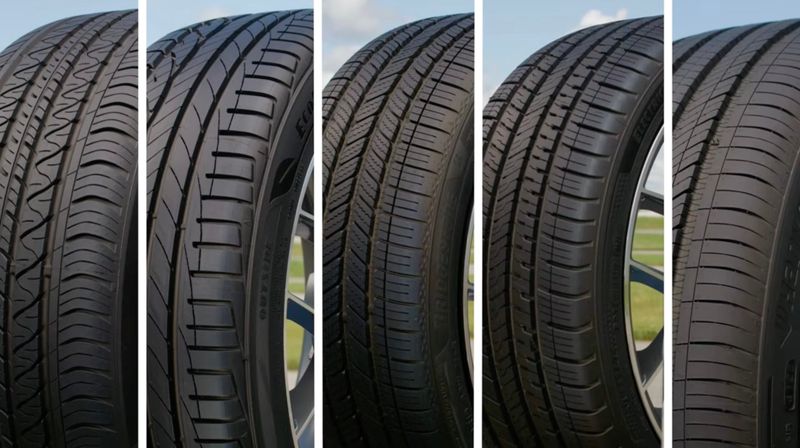
Ever noticed how tires have different groovy designs? Those aren’t just for looks! Symmetrical patterns offer quiet rides and long lifespans – perfect for everyday driving.
Directional treads, with their V-shaped patterns, excel at pushing away water when roads get wet. Asymmetrical treads give you the best of both worlds – dry road grip and wet weather performance.
Off-road enthusiasts need chunky, aggressive patterns with wide spaces between treads to handle mud and rocks without getting clogged up.
3. Load and Speed Ratings: Your Tire’s Secret Strength
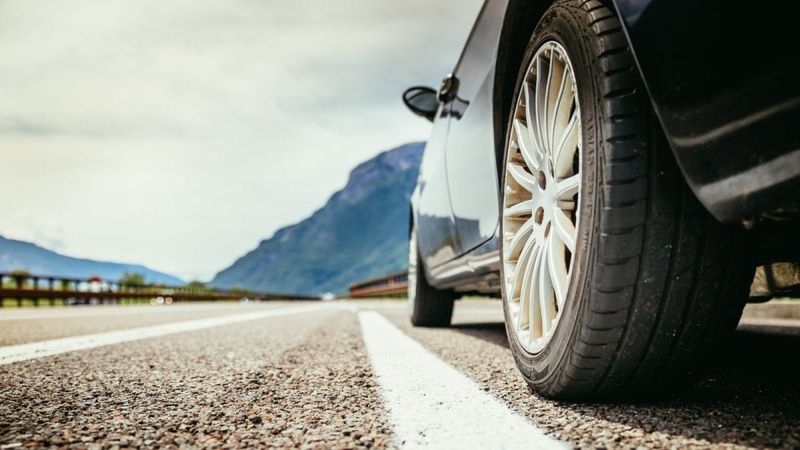
Buried in the tire’s code are two crucial characters that could save your life.
The load index (a number) tells you how much weight each tire can safely carry – higher numbers mean stronger tires. Never go lower than what your car requires!
The speed rating (a letter) indicates the maximum safe speed. An S-rated tire handles up to 112 mph, while V-rated tires can reach 149 mph.
Going too fast for your tire’s rating is like asking for trouble – the tire could literally fall apart under stress.
4. The Weather Outside Is Frightful – Is Your Tire Delightful?
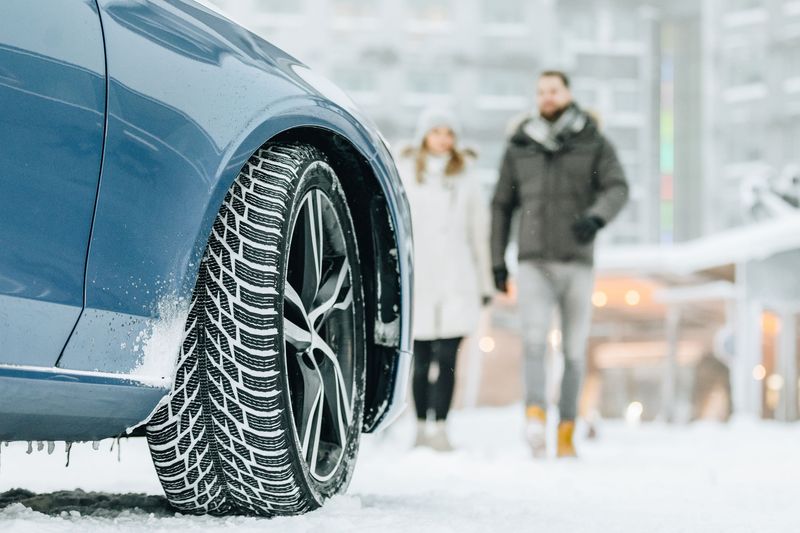
All-season tires are like jack-of-all-trades – decent in most conditions but masters of none.
They work well in moderate climates but struggle in extreme heat or serious snow. Summer tires grip hot pavement like superglue but turn into hockey pucks below 45°F.
If you see snowflakes falling regularly, winter tires with their special rubber compounds stay flexible in freezing temperatures.
Their deeper treads bite into snow and slush. For those facing truly treacherous ice, studded winter tires offer next-level grip (where legal).
5. Warranty Wonders: Reading Between the Lines
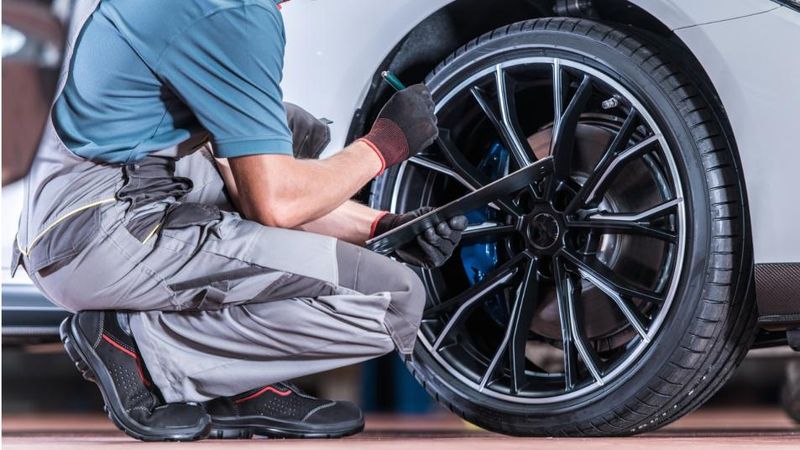
Manufacturers love touting impressive mileage warranties – 70,000 miles sounds amazing, right?
But the fine print matters! Many warranties prorate returns based on how much tread you’ve used, meaning that half-worn tire might only get you 25% of your money back.
Regular rotation, perfect alignment, and keeping proof of maintenance are usually required to keep warranties valid. Miss a rotation or two?
Your warranty might vanish! Premium tires often come with road hazard warranties too, covering those unexpected pothole disasters that budget brands won’t touch.
6. Fresh Rubber Only: Why Tire Age Is a Hidden Danger
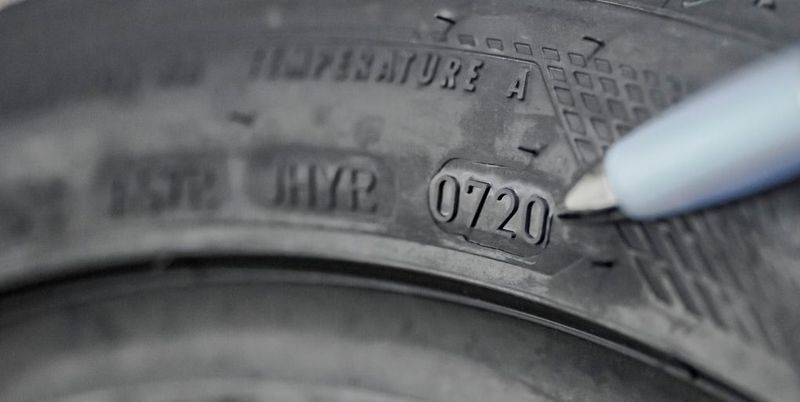
Found an amazing deal on “new” tires that have been sitting on a shelf for years? Run away! Rubber compounds break down over time, even when unused.
The DOT code on your sidewall reveals the manufacturing date – the last four digits show week and year (3619 means week 36 of 2019).
Most experts recommend against tires older than 6 years, regardless of tread depth.
UV exposure, temperature fluctuations, and oxygen all cause rubber to harden and crack over time. These invisible changes compromise performance long before visible signs appear.
7. Match Your Rubber to Your Driving Style
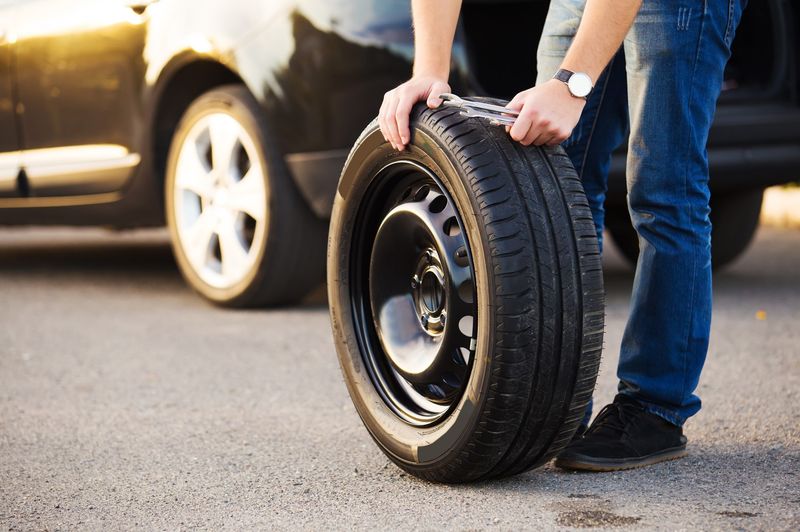
Leadfoot drivers who accelerate hard and corner aggressively need high-performance tires with sticky compounds – though they’ll pay for it with shorter tread life.
Gentle commuters benefit from touring tires, which prioritize comfort, quiet rides, and longevity over sporty handling.
Frequent highway travelers should look for tires with good heat dissipation and stability at sustained speeds.
Off-road adventurers need specialized all-terrain or mud tires with reinforced sidewalls to resist punctures from rocks and debris. Honest assessment of your driving habits saves disappointment and money!
8. Gas-Saving Rubber: Low Rolling Resistance Explained
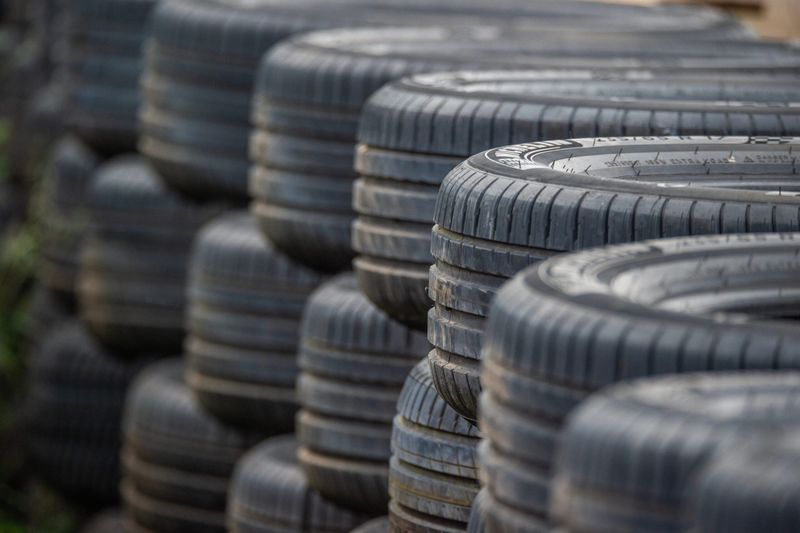
Feeling the pain at the pump? Your tires might be partly to blame! Low rolling resistance tires use special compounds and construction techniques that require less energy to roll down the road.
The result? Fuel savings of 1-4% – which adds up over thousands of miles.
The tradeoff comes in slightly reduced grip and potentially shorter tread life. Many hybrid and electric vehicles come equipped with these eco-friendly options from the factory.
Look for tires with the government’s “SmartWay” certification if maximum efficiency is your goal.
9. The Sound of Silence: Noise and Comfort Considerations

Nothing ruins a peaceful drive like the constant drone of noisy tires! Tire noise comes from air compression in tread grooves and the pattern of tread blocks hitting the pavement.
Premium tires often incorporate sound-absorbing foam layers inside or special tread designs that minimize annoying frequencies.
Comfort goes beyond noise – sidewall construction determines how much road texture you feel through the steering wheel and seat.
Softer sidewalls absorb bumps better but may feel “squishy” during quick maneuvers. Tire reviews often include noise ratings that can guide your choice.
10. Hidden Costs: Installation, Alignment and More
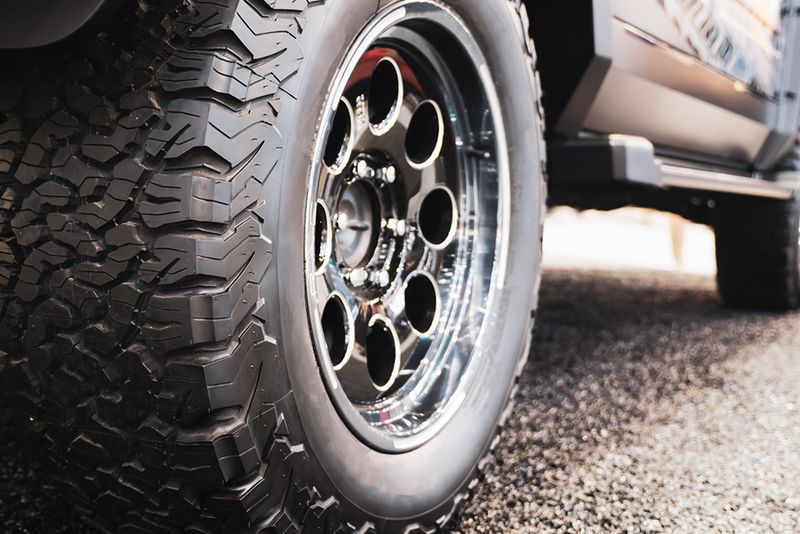
Sticker shock doesn’t end with the tire price! Installation typically adds $15-$45 per tire, including mounting, balancing, new valve stems, and old tire disposal.
Many shops also charge for TPMS (Tire Pressure Monitoring System) service if your vehicle has sensors.
Alignment isn’t included but is strongly recommended with new tires – expect another $75-$200 depending on your vehicle.
Some retailers offer free rotation and flat repair for the life of your tires, potentially saving hundreds over their lifespan. Always ask about these “extras” before committing to a purchase.
